Interview with Steven Heath
Q. What led Ventient to work with Anakata?
We were introduced via a third party to the Anakata team in March 2020, just before Covid hit. We meet a lot of people and try and work with lots of different companies from big ones to new small ones. We had a call with them and heard what they were trying to do in the wind energy sector and thought it was a great idea. They are very different from companies we have encountered before. Their background is the aerodynamics of racing cars and they use their expertise in the wind sector to improve the power performance of wind turbines. They are led by a team of F1 engineers and they were looking at innovative aerodynamics of wind turbines.
They were looking at going a lot further than the industry had previously.
We were very intrigued and also conscious that there needs to be a lot of technical due diligence to ensure the work could be acceptable and not causing damage to the wind turbine, causing for example a catastrophic failure due to the loading change, or also a fatigue stress that will shorten the life expectance of the turbine.
Q. Describe the work that has taken place and how it gives Ventient a competitive edge?
We formed a project team internally with Anakata. They developed a bespoke solution with a number of parts that we could retrofit to the blades to improve performance. Then I worked with another partner, Nabla Wind Power, to assess the impact of retrofitting them regarding extreme loads and fatigue loads.
Then in August last year we looked at trialling the solution on four turbines at Causeymire in Scotland. We did that, and over last winter and this year, we had lidars on the turbines, which get really accurate wind speed measurements so we can corroborate the wind speed is then correct with the performance data that the wind turbine records.
This is good high-resolution data that allowed us to actually see the improvements and be confident about the performance of the solution.
We then took the decision to roll this out across Causeymire and Farr wind farms on 61 wind turbines.
At the moment, there are 10 people working towards installing the upgrade packs on all of the wind turbines blades.
To take this forward on other wind farms, we need to do more due diligence; each project will be specific to a wind turbine type. We have pretty much nearly every type of wind turbine available in the industry, so we will need to do lots of due diligence.
It’s not as simple as doing it once. Now we have an understanding of what’s required over the coming years the intention is that we will start scaling up multiple projects, to start retro fitting similar technology across our fleet.
Q. Why Anakata?
The company design all the technology in-house and are based in Oxford. We had in-depth technical discussions with them and had a strong common understanding of the technical requirements. We trusted them that were the right people to work with. We are the first big operator in the sector to work closely with them and this collaboration unleashed their creativity and enhanced their confidence, we have seen them growing proposing new potential ideas and projects to help us innovate and improve the performance of our fleet.
The challenge is now on us, on how we scale up to exploit these opportunities. There are many options out there and our challenge is how do we get access to them, we are all about talking to new companies and exploring new opportunities pushing the limit of technology.
Q. How does Ventient approach working with another company in terms of developing a strong partnership and ensuring an understanding of the Ventient ways of working?
We work with all the Ventient values and the one that resonates the most with the engineering team is innovation. It needs the right culture, and support from senior management to occur. Ventient Energy does this via investment in our assets and this is what I look for in our suppliers. We want them to innovate and come up with new ideas, new technology, new ways of working such as drone technology which is now commonplace. That’s the kind of innovation we are looking for.
Steven Heath leads the mechanical engineering team of four people at Ventient. The team provides front line engineering support to Ventient assets, 1004 + wind turbines across Europe. They look at performance improvement, ensure high reliability, medium-term improvement projects, life extension of assets, solutions to serial issues and root cause analysis studies to improve performance.



